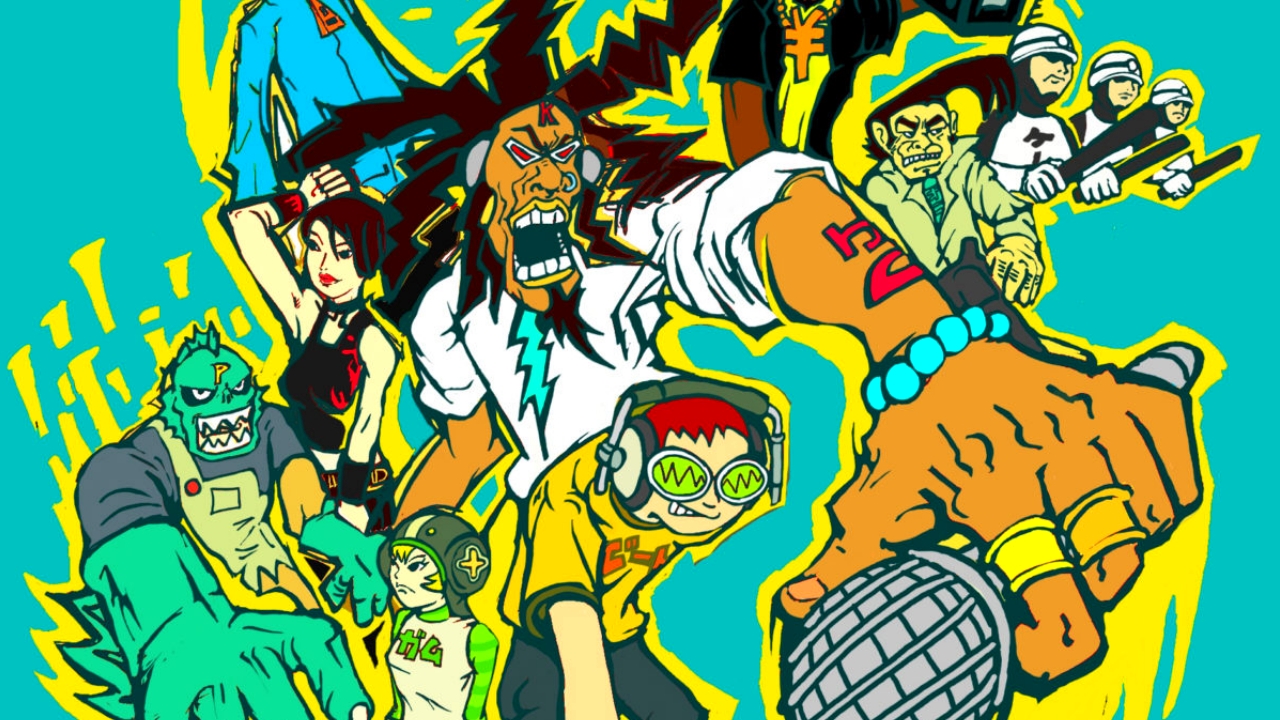In TWWA’s “What is the Third World,” we are given more critical and nuanced definitions of the terms ‘first/second/third world’, who they encompass, and how they- as a consequence of imperial-capitalist regimes- engage with one another. The third world is distinguished as colonized or formerly colonized nations, notably in Africa, Asia and Latin America, that have been grotesquely oppressed by first world powers (Western Europe and the US). The often simple grouping of the ‘third world’ lends itself possibilities for Community-building, but also realities of replicating oppression amongst the collective. The piece notes how in the US, the third world “consists of the descendants of people from Asian, Africa and Latin America”, and though they share a similar experience of colonial domination (in the US and to that of their diaspora), the oppressed can act as oppressors. the calls for coalition amongst the third world community, makes me think of the development of American Chinese food’ and it’s ‘third world’ influences, notably the Black American community.
The highly-popularized Chinese food Americans have now come to recognize is hardly traditionally Chinese cuisine. Chinese food now is marked by foods like pork fried rice, fried chicken, chicken and broccoli and more. The food has been able to maintain popularity in providing tasty, quick, cheap and filling meals to the masses. Chinese food has also been associated with poor inner-city, mainly black neighborhoods; ‘hood Chinese’ has developed as a term to describe the cultural prevalence of Chinese food establishments in urban communities, offering seasoned meals at low prices. Takeout spots in ‘the hood’ could now be considered cultural markers in low-income communities of Color, with rappers like Nicki Minaj’s “4 wings and French fries- hot sauce and ketchup” line in her song Chiraq, speaking to the integration of hood Chinese food in Black American culture. However, these establishments have been notorious for being disconnected from the communities they serve, often perpetuating and engaging in the ‘model minority’ trope, lending itself to global anti-Blackness within the ‘Third World’. Chinese food’s association, with Blackness is not coincidental. There’s a long history, dating back to the late 1890s where Chinese restaurants in cities like New York welcomed black consumers; it was of the few establishments that black people could enjoy meals at that weren’t black-owned. As a result, it drew on elements of soul food that African American costumers often asked for.
The first known Chinese Restaurant in the US opened in San Francisco, California, in 1849, as the Chinese immigrants settled in the US at the onset of the Gold Rush. And while the first Chinese restaurants enjoyed some positive reception, Chinese immigrants faced considerable prejudice from white America; in efforts other Chinese-Americans, they began weaponizing the “stench” of their kitchens, furthering anti-Chinese sentiment and political erasure. This was exemplified in the passing of the Chinese Exclusion Act (1882) which barred laborers from coming to the US but allowed merchants (in this case, business owners) to settle in America. Hopeful immigrants pooled together their resources to name a member of their community a restaurant owner in order to access immigration.
The history of Chinese food birthed partly out of the discrimination that both Chinese-Americans and Black Americans faced by white America, and the sometimes contested intimacies of Black and Asian America in the context of white oppression via food. The adoption of Chinese food as ‘American food’ draws parallels to the co-option of Black American soul food as American food, without the acknowledgement of the history of racism interwoven into their development.
In seeing the ways in which Chinese food spots provided a safe physical spaces for black people to eat and gather, but also spaces where black people also faced anti-blackness from Asian store owners, we are meant to reckon with the effectiveness and inadequacies of grouping of the ‘third world’ as a universal struggle.
https://medium.com/better-marketing/the-business-model-behind-hood-chinese-restaurants-8bb750cd01ec
https://amp.firstwefeast.com/eat/2015/10/hood-chinese-food
:no_upscale()/cdn.vox-cdn.com/uploads/chorus_asset/file/6952659/Africa%20map.png)
